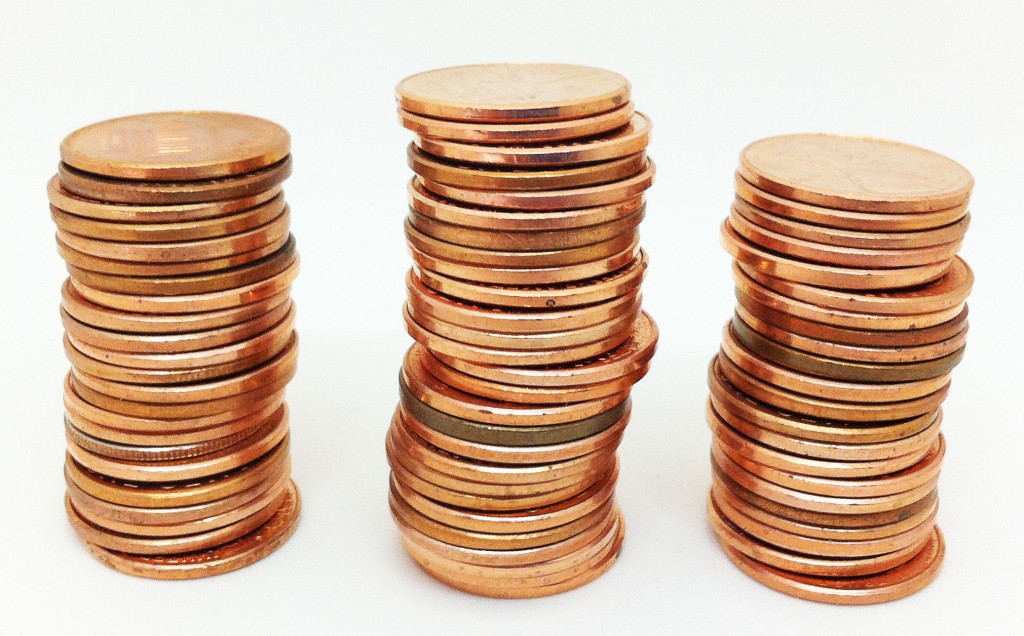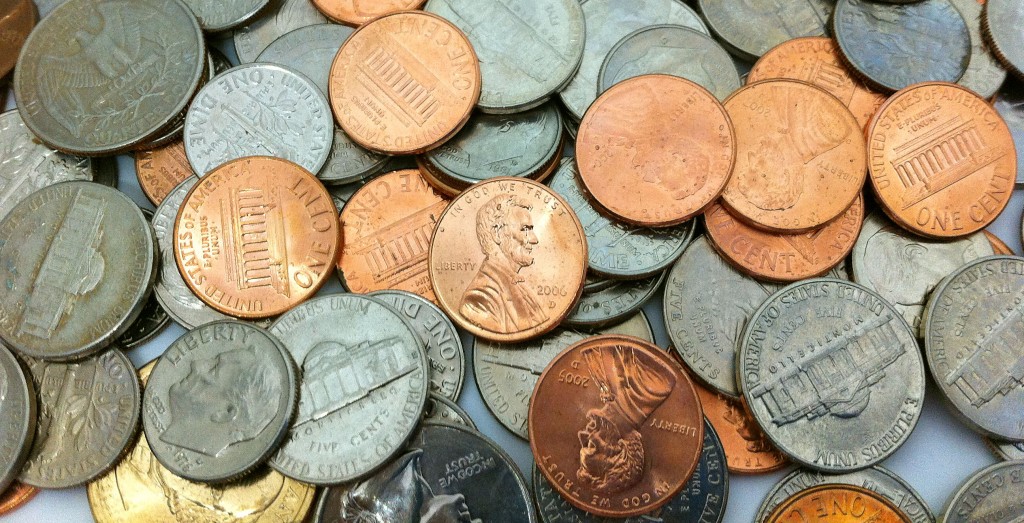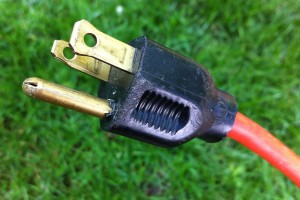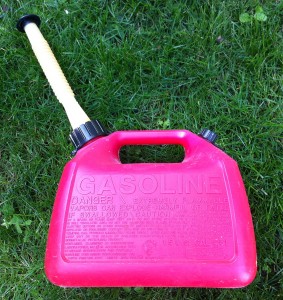Are you looking for more ways to save more money around your home? Benjamin Franklin is commonly credited with saying, “A penny saved is a penny earned.” Actually, he didn’t say that, but in 1736 he wrote in Necessary Hints to Those that Would be Rich, “A penny saved is twopence clear; A pin a day’s a groat a year.” Below are some perhaps uncommon but practical ways that can help you save more money. They are sorted into Preventative, Budget Cuts, Low-Cost Proactive, and Invest to Save.
Preventative:
- Turn your main house water valve off if you’ll be gone for several days. This can prevent the chance of a pipe break that could flood in your house. Not just during winter weather, but old pipes can fail anytime. Especially older plastic water valves under your sink and behind your toilet.
- Take off your outside shoes when you’re inside. This prolongs the life of your carpets. Plus reduces vacuuming and spot removal.
- Remove moss from roof. This extends the life of your roof.
- Rotate your car tires. This adds life to your tires by evening out the tire wear pattern.
- Change car oil regularly. This prolongs the life of your engine.
- DON’T change your car oil every 3,000 miles! Oil change companies will glady remind you every 3,000 miles or 3 months, whicever comes first. Check your vehicles manual and follow the guidelines. Longer drive times actually burns off the impurities and sediments in the oil and can extend your oil change interval to 5,000 miles or even 7,500 miles!
- Clean your roof gutters. This prevents clogged downspouts, gutter overflows, and floods around your house.
- Install gutter screens. This keeps your gutters clean and prevents clogging.
- Trim trees away from your house. This reduces moss growth on your roof and reduces gutter clogging.
- Change your furnance air filter often. This lessens the stain on the system and saves energy.
- During freezing weather, allow the farthest faucet from the water heater to drip slightly to prevent freezing.
- During freezing weather, beneath sinks on exterior walls, open the lower cabinet doors at night to allow warm air to circulate and prevent freezing.
Budget Cuts:
- Cancel phone lines. Do you really need both a cell phone and land line?
- Reduce or cut TV subscriptions. How many channels do you really need? In some cities, you can still get free over the air TV stations.
- Reduce newspaper and magazine subsciptions. Many are now available for free on the internet.
- Reduce fast food eating. Its usually not healthy for you anyway.
- Switch to a smaller trash pick-up container. Or every other week. Either change could cut your fees in half. Or do both and cut your fees by 75%. You can do this if you recycle more.
- Learn the difference between “want” and “need”.
Low-cost Proactive:
 Combine shopping and errand trips to save gas.
Combine shopping and errand trips to save gas.- Walk or ride your bike to save gas.
- Buy in bulk and on-sale.
- Buy products with less or recycleable packaging. It can reduce your trash bill.
- Become a coupon clipper.
- Sign up with stores and receive coupons via email.
- Use store loyalty cards when buying gas. Sometimes you can save up to $1 per gallon! That’s huge!
- Pay with cash or debit cards to reduce the chance of spending too much on credit cards that result in interest charges.
- Grow your own fruit and vegetables.
- Grow from seeds instead of from starts.
- Exchange home-grown vegetables with neighbors.
- Donate food to charities. While that may not save you money, it saves the charity money and helps to feed those in need.
- For your newborn and infants, use washable diapers instead of disposable. Diaper services provide an odor resistant hamper and pick up weekly.
- For cleaning around the house or garage or workshop, use washable shop towels instead of paper towels.
- Refill your printer’s ink cartridges. You can do it your self, use a refill service, or buy recycled cartridges that have been refilled. Warning: the printer manufacturers prefer you buy their new ink cartridges and refilling will void the printer’s warrantee.
 Invest to save (these cost money up front but will save long term):
Invest to save (these cost money up front but will save long term):
- Install a programmable thermostat to reduce summer air conditioning costs and winter heating costs. Some thermostats now work with iPhone and iPad.
- Install LED or CFL light bulbs. These only use 1/4th to 1/5th the energy of standard incandescent bulbs.
- Use light timers for lamps.
- Use a programable porch light switch or motion sensing porch lights.
- Install occupany sensing light switches.
- Install bathroom wall timer switches for fans.
- Add weather stripping around doors and windows
- Add electrical outlet and swtich insulation on the inside of exterior walls
- Buy a resuable washable furnance filter instead of disposable.
- Use rechargeable batteries
- Install irrigation timers to save water.
- Use an electric lawn mower instead of gas.
- Remove lawn and install plants that are drought resistant.
- Install a skylight or sun tunnel for natural light and reduced electricity consumption.
- Plant deciduous trees which provide shade that cools your house in the summer, and allows light to shine through your windows in the winter.
- Switch to natural gas for home heating and water heating if your electricity is expensive.
- Add a solar water heating system.
- Add solar voltaic panels to generate electricity. In some utility districts, you can actually put excess energy back into the electrical grid (your electric meter would go backwards, effectively selling energy back to the utility district!
Instant Money saving link:
YNAB budget software discount, save $6, by ordering through this link.
If you have more ideas about saving money, feel free to post comments to help others!
Douglas Lee has survived through several economic recessions and has done many of the above tips (but not all yet). It is so important to save wherever possible! Every penny counts and adds up to many dollars!






